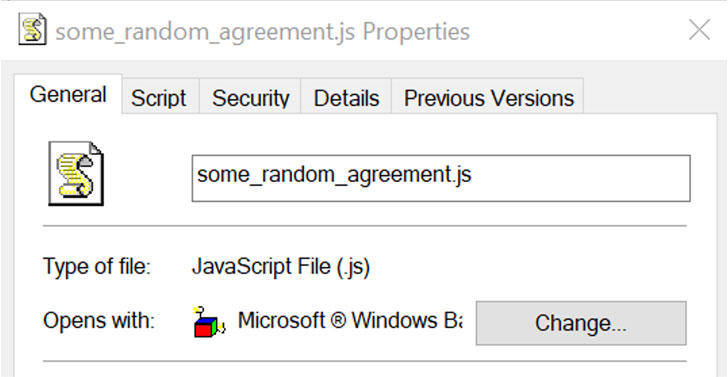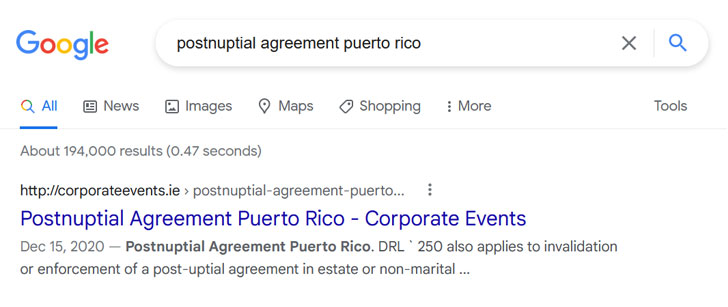Operators of the GootLoader campaign are setting their sights on employees of accounting and law firms as part of a fresh onslaught of widespread cyberattacks to deploy malware on infected systems, an indication that the adversary is expanding its focus to other high-value targets.
“GootLoader is a stealthy initial access malware, which after getting a foothold into the victim’s computer system, infects the system with ransomware or other lethal malware,” researchers from eSentire said in a report shared with The Hacker News.
The cybersecurity services provider said it intercepted and dismantled intrusions aimed at three law firms and an accounting enterprise. The names of the victims were not disclosed.
Malware can be delivered on targets’ systems via many methods, including poisoned search results, fake updates, and trojanized applications downloaded from sites linking to pirated software. GootLoader resorts to the first technique.
In March 2021, details emerged of a global drive-by download offensive that involved tricking unsuspecting victims into visiting compromised WordPress websites belonging to legitimate businesses via a technique called search engine poisoning that pushes these sites to the top of the search results.
“Their modus operandi (MO) is to entice a business professional to one of the compromised websites and then have them click on the link, leading to Gootloader, which attempts to retrieve the final payload, whether it be ransomware, a banking trojan or intrusion tool/credential stealer,” the researchers explained in a write-up.
eSentire estimates that over 100,000 malicious webpages were set up last year across websites representing entities in the hotel industry, high-end retail, education, healthcare, music and visual arts, with one of the hacked websites hosting 150 rogue pages designed to social engineer users searching for postnuptial or intellectual property agreements.
The websites, for their part, are broken into by exploiting security vulnerabilities in the WordPress content management system (CMS), effectively permitting the attackers to clandestinely inject the pages of their liking without the website owner’s knowledge.
The nature of GootLoader and the way it’s designed to provide a backdoor into systems implies that the goal of the attacks could be intelligence gathering, but it could also be utilised as a tool for delivering additional damaging payloads, including Cobalt Strike and ransomware, to compromised systems for follow-on attacks.
“GootLoader relies heavily on social engineering to establish its foothold, from poisoning Google search results to fashioning the payload,” said Keegan Keplinger, research and reporting lead for eSentire’s Threat Response Unit (TRU).
“GootLoader’s operators invite employees to seek, download, and execute their malware under the guise of a free business agreement template. This is particularly effective against legal firms, who may encounter uncommon requests from clients.”
To mitigate such threats, it’s recommended that organizations put in place a vetting process for business agreement samples, train employees to open documents only from trusted sources, and ensure that the content downloaded matches the content intended to be downloaded.




